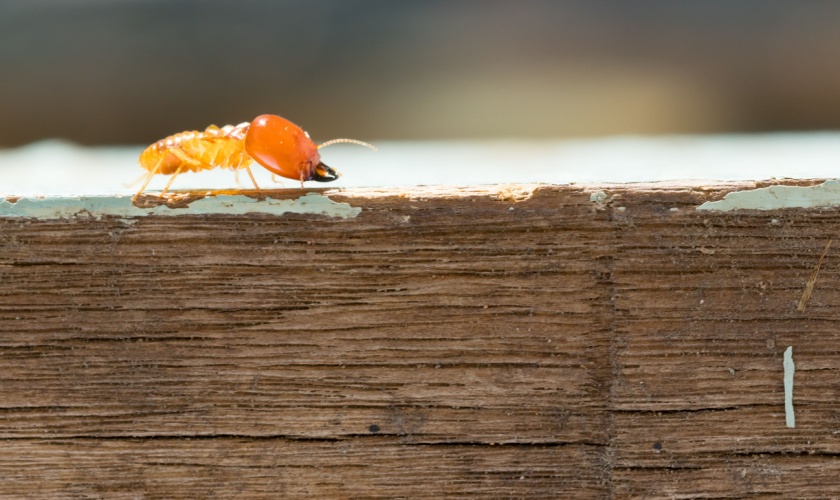Termites are notorious for causing extensive damage to homes, often before homeowners realize there’s a problem. Regular termite inspections are crucial in detecting and preventing infestations before they cause significant harm. If you’re wondering, “How often do I need a termite inspection?” understanding the factors that influence inspection frequency can help you maintain a termite-free home.
Importance of Regular Termite Inspections
Termites can cause severe structural damage to your home if left unchecked. Regular inspections offer several benefits:
- Early Detection: Inspections help identify termite activity early, preventing extensive damage.
- Preventative Measures: Professionals can recommend preventative measures to reduce the risk of future infestations.
- Peace of Mind: Regular inspections provide peace of mind, knowing your home is protected from termite damage.
Recommended Frequency for Termite Inspections
The frequency of termite inspections can vary based on several factors, including the age and construction of your home, your location, and any previous termite activity. Here are some general guidelines:
- Annual Inspections: Most pest control experts recommend annual termite inspections for all homes. This ensures any new activity is detected early and addressed promptly.
- Bi-Annual Inspections: In areas with high termite activity or for homes with a history of infestations, bi-annual inspections (every six months) may be advisable.
- New Homes: Newly constructed homes should have a termite inspection at the time of construction and then annually thereafter.
- After Treatment: If your home has undergone termite treatment, follow-up inspections should be scheduled according to the pest control professional’s recommendations, often within six months to a year after treatment.
Factors Affecting Inspection Frequency
Several factors can influence how often you should schedule termite inspections:
- Location: Homes in areas with a high prevalence of termites, like Garner, NC, may require more frequent inspections.
- Construction Type: The construction materials and methods used in your home can impact your risk of termite infestations. Homes with wooden structures or those built on slab foundations may be at higher risk.
- Previous Infestations: If your home has had termite problems in the past, more frequent inspections are recommended to ensure the infestation has been completely eradicated and to prevent future issues.
- Climate: Warm and humid climates are conducive to termite activity, necessitating more regular inspections.
Signs You Need a Termite Inspection
In addition to regular inspections, be vigilant for signs of termite activity between scheduled inspections. If you notice any of the following, it’s time to call a professional:
- Mud Tubes: Subterranean termites build mud tubes to travel between their colony and food sources.
- Wood Damage: Hollow-sounding wood or wood that is easily damaged can indicate termite activity.
- Swarmers: Winged termites, or swarmers, are often seen in the spring as they leave their colony to establish new ones.
- Frass: Drywood termites leave behind small, pellet-like droppings called frass.
- Discarded Wings: Finding discarded wings near windowsills or entry points can indicate the presence of swarmers.
Regular termite inspections are a crucial aspect of home maintenance, especially in areas like Garner, NC, where termite activity is prevalent. By scheduling annual or bi-annual inspections and staying vigilant for signs of termites, you can protect your home from the significant damage these pests can cause. Choose a reputable professional for thorough inspections, and take preventative measures to maintain a termite-free home.
